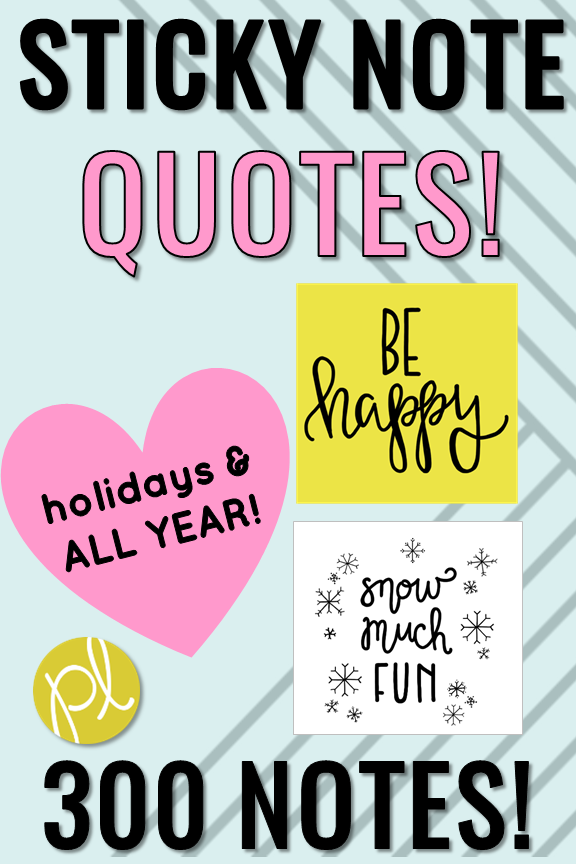

Then, use sticky notes as you map out the story’s characters, settings, theme, and more.

Create a story map.įirst, make a reusable story map anchor chart. You’ll turn an ordinary spiral notebook into a customized planner. DIY a lesson-plan book.Įnd the expensive search for the perfect lesson planning book … just make your own! The Wise and Witty Teacher walks you through the steps at the link below. (Bonus points for using shaped notes that apply to your subject!) Introduce this graphing concept by using sticky notes. Source: Art of Teaching via Instagram 10. Hold a sticky note art show.Ĭhoose a wall and hold an art show! With such small canvasses, there’s no need to limit how many submissions can be displayed, and the creative options are endless. Source: Reflections of an Intentional Teacher 9. Move achieved goals to a different chart and celebrate success. Set classroom or individual goals.Ĭhallenge students to set goals, for themselves or for the whole class, and post them as reminders. Afterward, you can review the answers to see who got the concepts and who needs a bit more help. Give them a question and have each student write their name and answer on a sticky note, posting it to the chart as they leave. Post it and prove it.Ĭheck students’ grasp of the concepts you’ve just taught by requiring an “exit ticket” on their way out the door.
#Positive sticky notes free#
Get free printable templates at the link below. Use sticky notes instead-they’re a lot easier to keep track of.

Making words is a fun way for kids to learn sounds and spelling, but letter tiles or cards are easy to lose. First students match the letters, then they practice writing them on sticky notes. This works for any kind of writing, but names are a good place for very young kids to start. Each student can do their own, or have them work in groups to create larger masterpieces. Design pixelated art.Īrt meets math as students measure, graph, and create their works of art using sticky notes. For older kids, increase the number of colors and the size of the grid or write numerals on the sticky notes instead of using different colors. This modified version of the popular numbers game is great for younger kids. This hands-on method shows exactly where each number comes from, using color to help guide the way. If dividends, divisors, and differences are confusing your students, help them connect the dots using sticky notes. Source: Head over Heels for Teaching via Instagram 2. As they finish each book, ask them to rate it and indicate whether they’d recommend it to their classmates. Have students write the title of the book they’re currently reading on a sticky note, including the date and page number they’re on. Here are 25 clever ways to use sticky notes in the classroom.īonus Tip: Did you know you can easily print on sticky notes? Check it out below. They have endless applications, especially in schools teachers use sticky notes for math, reading, art, planning, and so much more. In the years since, their popularity has skyrocketed, and they’re now available in every shape, size, and color you can imagine. Sticky notes got their start nearly 40 years ago, when 3M introduced the now-classic yellow Post-it Notes.


 0 kommentar(er)
0 kommentar(er)
